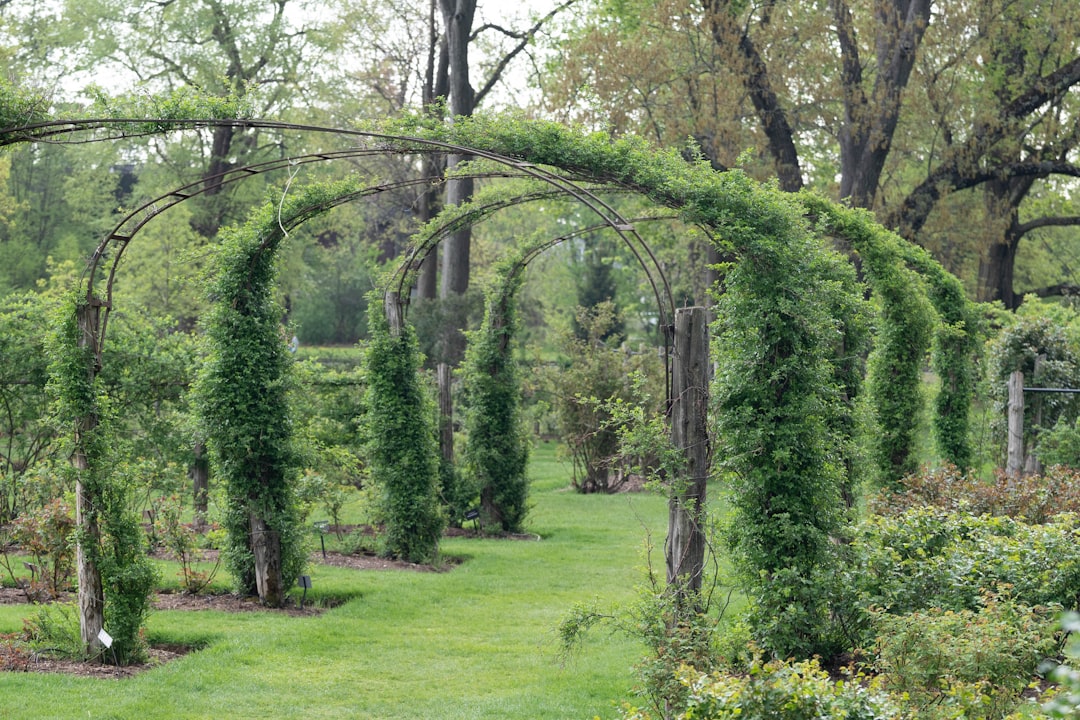Unleashing the Power of No - Dig Gardening for a Thriving Garden

In the world of gardening, there's a revolutionary technique that's been gaining traction for its simplicity and effectiveness: the no - dig garden technique. This method allows nature to take the reins and create soil from organic matter, leading to richer topsoil and healthier plants. Let's delve into how you can implement this amazing technique in your own garden.
First, let's understand the basic concept behind no - dig gardening. Traditional gardening often involves tilling the soil, which can disrupt the natural structure of the soil, damage beneficial organisms, and lead to soil erosion. In contrast, the no - dig approach focuses on building layers of organic materials on top of the existing soil. This mimics the natural process of decomposition that occurs in forests and meadows, where leaves, twigs, and other organic matter gradually break down to form fertile soil.
To start a no - dig garden, you'll need a few key materials. The foundation of your no - dig bed will be a thick layer of cardboard or newspaper. This serves multiple purposes. It helps to smother existing weeds and grass, preventing them from competing with your plants for nutrients and space. It also acts as a barrier that allows water to penetrate while keeping the soil structure intact. Lay the cardboard or newspaper directly on the ground, overlapping the edges to ensure complete coverage. Make sure to wet the cardboard or newspaper thoroughly to help it stay in place.
Once the base layer is down, it's time to add the organic matter. You can use a variety of materials, such as compost, manure, leaf mold, straw, and shredded leaves. Start with a layer of compost. Compost is rich in nutrients and beneficial microorganisms that will help break down the other organic materials and create a fertile growing environment. Spread a layer of compost about 2 - 3 inches thick over the cardboard or newspaper.
Next, add a layer of manure. Manure is an excellent source of nitrogen, phosphorus, and potassium, which are essential nutrients for plant growth. However, it's important to use well - aged manure to avoid burning your plants. Aged manure has had time to break down and release its nutrients slowly. Spread a layer of manure about 1 - 2 inches thick over the compost.
After the manure, add a layer of straw or shredded leaves. This layer helps to retain moisture in the soil, suppress weeds, and add more organic matter to the mix. Spread a layer of straw or shredded leaves about 3 - 4 inches thick over the manure.
You can continue to add layers of different organic materials, alternating between nitrogen - rich materials like compost and manure and carbon - rich materials like straw and shredded leaves. The more layers you add, the deeper and more fertile your soil will become. As the organic materials break down, they will create a loose, crumbly soil structure that is easy for plant roots to penetrate.
One of the great benefits of no - dig gardening is that it requires less maintenance than traditional gardening. Since you're not tilling the soil, you don't have to worry about disturbing the soil structure or damaging the beneficial organisms that live in the soil. You also don't have to spend as much time weeding, as the layers of organic materials help to suppress weed growth. Additionally, the no - dig method helps to conserve water, as the organic materials retain moisture in the soil.
When it comes to planting in your no - dig garden, you can simply make holes in the layers of organic materials and plant your seeds or seedlings directly into the soil below. The roots of your plants will grow down through the layers of organic matter, accessing the nutrients and moisture they need to thrive. You can also add a layer of mulch on top of the soil after planting to help retain moisture and suppress weeds.
In conclusion, the no - dig garden technique is a wonderful way to create a healthy, productive garden with minimal effort. By allowing nature to create soil from organic matter, you can enjoy richer topsoil, healthier plants, and a more sustainable gardening experience. So, why not give it a try in your own garden? You'll be amazed at the results.